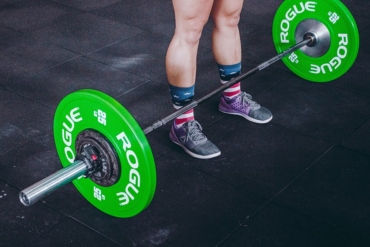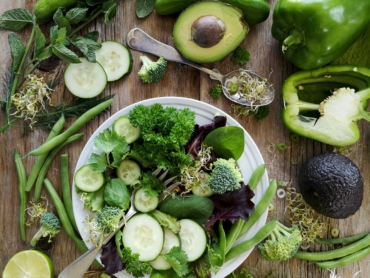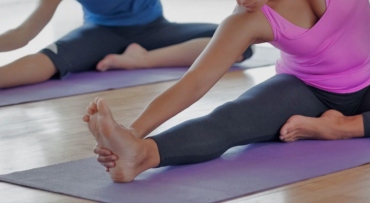Are you curious about individualized genetic testing for nutrition? The foods, fluids and supplements you chose in your diet will impact your performance, adaptations to training, body composition and risk of illness or injury. The human genome consists of about 25,000 genes and virtually all can exist in different forms. From eye colour to hair colour, but also in how we metabolize and utilize the foods, nutrients and supplements we ingest. Different versions of a gene can make us respond differently to certain components in foods such as lactose in milk, gluten in bread, and the caffeine in coffee or energy drinks. The science of how specific genes change how we respond to dietary components enable us to use nutrition to its fullest potential to optimize health and athletic performance through dietary choices.
How does it work?
The Nutrigenomix test enables healthcare professionals to counsel their clients according to their unique genetic profile. The service includes saliva collection kits, genotyping at CAP- and CLIA-accredited labs, and individualized reports based on cutting-edge research and stringent standards of scientific evidence.
Results to live by: Testimonials
We followed up with Jason, who took the test last year, to see how his test results have helped him in his nutrition choices and training.
Why did decide to take the Nutrigenomix test?
I didn’t have a specific goal, but I was just very curious to learn more about myself based on my DNA. Given that I am, in general, quite focused on healthy eating and good nutrition, I wanted to see if this would provide me any new insights.
Did you know anything about nutri-genomics as a science before taking the test?
Not at all, I just heard somebody else mentioning that with this test they found out that they would benefit from avoiding gluten intake as well as taking extra omega-3.
What were the results you found most interesting?
By far I was most impressed with the information on the negative impact of caffeine on my performance. Especially given that most athletes take extra caffeine during races, this is something I should avoid. Furthermore my sensitivity to grains and extra requirement of calcium surprised me.
What recommendations have you chosen to follow and why?
Most of the recommendations that I can easily fit in my daily life I have adopted. For example, I take extra supplements for the nutrition that I have a higher need for: omega-3, vitamins C & D, and calcium. Furthermore, I avoid grains and caffeine as much as possible. I won’t let this affect my lifestyle too much—for example, I will still take a nice regular cappuccino in the morning sometimes, however with respect to race nutrition and coffee intake in general I am quite strict.
Anything that you have chosen not to follow and why?
Avoiding gluten. I find this practically too much of a hassle to taken into account, plus I do love a good sandwich/bread.
Have you seen any improvements or changes due to the dietary modifications you made?
In general, I feel that I have a lot more energy. With respect to triathlon races, I have experienced the negative impact of taking caffeine during a race and definitely have noticed the gain of not taking caffeine.
The breakdown
$575 (+HST) includes: the test, your detailed report, and a 30 min consult with our nutritionist, Tara Postnikoff, to review the data.
To learn more about genetic testing and Nutrigenomix®, contact us at 416 928 2108 or yongestudio@totum.ca.






